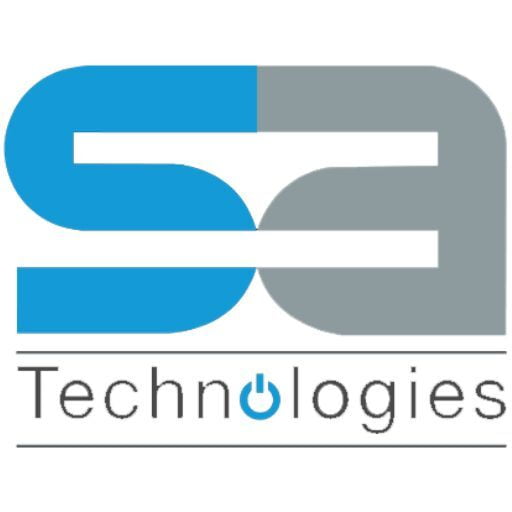What is Microsoft Power Platform?
The Microsoft Power Platform comprises four key components: Power Apps, Power Automate, Power BI, and Power Virtual Agents. Each tool serves a distinct purpose, yet they all work together to create a cohesive and efficient workflow system.
- Power Apps: Allows you to build custom applications with minimal coding. These apps can be tailored to your specific business needs, enabling you to replace manual processes and outdated systems.
- Power Automate: Formerly known as Microsoft Flow, this tool helps automate repetitive tasks and workflows. It integrates with hundreds of apps and services, allowing for seamless data flow and task automation.
- Power BI: A powerful business analytics tool that provides interactive visualizations and insights. It allows you to make data-driven decisions by transforming raw data into meaningful information.
- Power Virtual Agents: Enables you to create intelligent chatbots without needing extensive coding knowledge. These bots can handle customer queries, support tickets, and more, improving customer engagement and satisfaction.
The Benefits of Moving Beyond Spreadsheets
1. Enhanced Efficiency and Productivity
While spreadsheets are versatile, they are often cumbersome and prone to errors, especially when handling large datasets or complex calculations. The Power Platform streamlines these processes by automating repetitive tasks and reducing the likelihood of human error. This allows employees to focus on higher-value tasks, boosting overall productivity.
2. Improved Data Accuracy and Insights
Spreadsheets can be challenging to manage and audit, leading to potential inaccuracies. Power BI, with its advanced analytics and visualization capabilities, offers a clearer, more accurate view of your data. This helps in making informed decisions based on real-time insights rather than static spreadsheet data.
3. Custom Solutions for Unique Business Needs
Every business has unique processes and requirements. Power Apps allows you to create custom applications that address specific challenges and needs. Whether it’s a simple app to track employee attendance or a complex inventory management system, Power Apps provides the flexibility to build solutions that fit your business perfectly.
4. Seamless Integration and Automation
Power Automate integrates seamlessly with a wide range of apps and services, from Microsoft 365 to third-party applications like Salesforce and Slack. This ensures that your workflows are not siloed but interconnected, creating a smooth flow of information across your organization.
5. Enhanced Customer Engagement
Power Virtual Agents enable you to build intelligent chatbots that can handle customer inquiries 24/7. These bots can resolve common issues, guide customers through processes, and escalate complex queries to human agents when necessary. This not only improves customer satisfaction but also reduces the workload on your support team.
Real-World Applications
Many businesses have successfully transitioned from spreadsheets to the Power Platform, reaping significant benefits. For example, a retail company might use Power Apps to manage inventory across multiple stores, Power Automate to streamline order processing, and Power BI to analyze sales data and trends. Meanwhile, Power Virtual Agents could handle customer service inquiries, ensuring customers receive timely support.
Getting Started with Microsoft Power Platform
Transitioning from spreadsheets to the Power Platform might seem daunting, but it doesn’t have to be. Start by identifying the key areas where automation and custom applications could make the most impact. Then, explore the tools within the Power Platform that best meet these needs.
Step-by-Step Guide:
- Assess Your Needs: Determine which processes and tasks are most cumbersome and could benefit from automation or custom applications.
- Explore Power Platform Tools: Familiarize yourself with Power Apps, Power Automate, Power BI, and Power Virtual Agents to understand their capabilities.
- Start Small: Begin with a pilot project to test the waters. This could be a simple app or automation workflow that addresses a specific pain point.
- Scale Gradually: Once you see the benefits, gradually scale up by automating more processes and developing more custom applications.
- Leverage Support and Resources: Utilize Microsoft’s extensive resources, including tutorials, forums, and support services, to guide you through the transition.
Conclusion
Moving beyond spreadsheets to the Microsoft Power Platform can significantly streamline your business workflows, enhance efficiency, and provide deeper insights into your data. By leveraging the power of automation, custom applications, and intelligent analytics, you can drive innovation and maintain a competitive edge in today’s fast-paced business environment.
Ready to transform your workflows and take your business to the next level? Explore the possibilities with the Microsoft Power Platform and start your journey towards greater efficiency and productivity today.
Also Read:- Microsoft Power Automate: The Key to Efficient Banking Data Management
